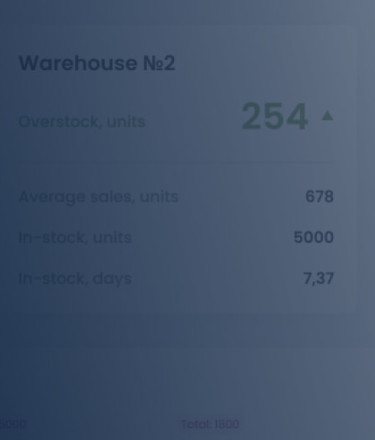
Highlights
- Centralized Data Warehouse was implemented using Microsoft SQL Server, it consolidates data from independent store databases, enabling efficient data management and analytics.
- The solution led to a 7.5% improvement in average monthly active inventory and a 2.5% increase in inventory turnover through automated ordering and redistribution.
Challenge
The challenge involves optimizing inventory management for retail stores by addressing out-of-stock situations and proactively managing overstocks. Inventory managers struggle with consolidating data from independent store databases and need analytics tools to make informed decisions.
Solution
The team gathered technical and business requirements, created a specification with dimensions and metrics, and deployed a central Data Warehouse (DWH) using Microsoft SQL Server. Custom connectors import data from local retail store databases to the DWH staging database. Transformation procedures adapt raw data to DWH requirements, and data transfers occur to a multi-dimensional Production database (OLAP cube). POWER BI dashboards assist inventory managers, and access rights are set up for different user categories.
Results
Standardized dashboards allow inventory managers to instantly generate comprehensive reports by clicking the ‘refresh’ button. Analysts can identify low inventory turnover or insufficient stock for specific SKUs in shops, enabling prompt redistribution of surplus goods. Additionally, an automatic system orders and redistributes remaining goods based on data from the Data Warehouse (DWH). After three months of implementing this BI solution, the company saw a 7.5% improvement in average monthly active inventory and a 2.5% increase in inventory turnover, positively impacting gross margin return on investment (GMROI).



























































































